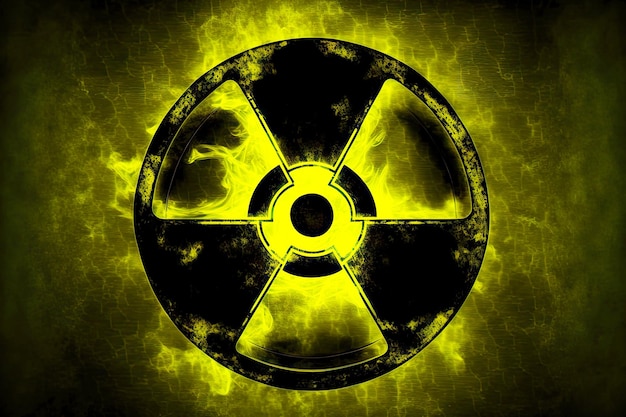
Understanding Iron Toxicity
Iron toxicity occurs when someone consumes too much iron, either gradually over time or suddenly in a large dose. Acute iron poisoning is particularly dangerous and requires prompt action.
What Is Iron Poisoning?
“Iron poisoning” generally refers to a sudden overdose of iron, rather than a slow buildup. This usually happens when someone takes much more iron than the recommended dose. Excessive iron can harm the digestive system, making symptoms quite noticeable. The progression of iron poisoning can be broken down into several stages.
Stage 1
This stage occurs within the first six hours after ingesting too much iron. Symptoms include abdominal pain, nausea, drowsiness, diarrhea, and vomiting that may contain blood. Persistent vomiting can lead to dehydration, and in extreme cases, the person might lose consciousness or fall into a coma.
Stage 2
During the second stage, typically lasting a day or two, symptoms might seem to improve. Many people mistakenly think the danger has passed, but it’s actually a critical time. The initial symptoms subside because the iron moves from the digestive system into the bloodstream, where it can cause further harm.
Stage 3
In this stage, occurring over the next few days, iron circulates throughout the body, damaging organs and tissues. This can lead to seizures, shock, internal bleeding, severe liver damage, and dangerously low blood pressure, any of which can be fatal.
When to Seek Help for Iron Poisoning
If you suspect that you or someone else is experiencing acute iron poisoning, immediately call your local poison control center. In the United States, you can dial 1-800-222-1222 for the free poison helpline, available 24/7 all year round.
Iron Poisoning in Children
Children are especially vulnerable to acute iron poisoning. The FDA mandates that all iron supplements include a warning label: “WARNING: Accidental overdose of iron-containing products is a leading cause of fatal poisoning in children under 6. Keep this product out of reach of children. In the case of accidental overdose, call a doctor or poison control center immediately.”
Iron pills often look like small, colorful candies, which can be tempting to children. To prevent accidental ingestion, use child-resistant containers, but remember they are not completely child-proof. Store supplements out of reach and sight of children, and consider using a locked cabinet for added safety.
Iron Poisoning in Pets
Pets can also suffer from iron poisoning, exhibiting symptoms similar to humans: vomiting, bloody diarrhea, lethargy, and abdominal pain. Symptoms can progress to tremors, heart distress, liver damage, and severe shock. Keep supplements out of pets’ reach and be mindful of what goes into the trash, as pets often rummage through garbage bins.
What Is Gradual Iron Toxicity?
Chronic iron toxicity, also known as iron overload disease, occurs over time. While not as immediately life-threatening as acute iron poisoning, it still carries serious health risks. The human body doesn’t have a natural mechanism to expel excess iron, which can lead to organ and tissue damage and increased oxidative stress.
What Is Hemochromatosis?
Hemochromatosis is a hereditary condition that exacerbates iron toxicity. Normally, a liver hormone called hepcidin regulates iron absorption, use, and storage. In people with hemochromatosis, a genetic mutation disrupts hepcidin, causing the body to absorb iron without regulation. This increases the risk of joint problems, diabetes, liver damage, heart issues, and reproductive abnormalities. Hemochromatosis is most common among people of European descent. If you have this condition, avoid iron supplements and monitor your Vitamin C intake.
Does Iron Interact With Other Supplements or Medications?
High-dose iron supplements can interfere with various medications, including thyroid hormones, birth control, antibiotics, blood pressure drugs, and treatments for stomach issues. Consult a healthcare professional before starting iron supplements if you are on any medications.
Types of Dietary Iron
There are two main types of dietary iron: heme and nonheme. Heme iron comes from animal sources and is absorbed more quickly by the body, while nonheme iron comes from plants. Contrary to popular belief, vegans and vegetarians are not necessarily at higher risk of iron deficiency. Nonheme iron provides a safer absorption rate and is linked to lower rates of metabolic syndrome, heart disease, diabetes, stroke, and cancer.
An excellent source of nonheme iron is a plant-based supplement derived from organic thyme and echinacea root, which is gentler on the stomach and less likely to cause constipation compared to other iron supplements.
Find the Right Balance
Balancing iron levels is crucial. Too little iron can lead to deficiency anemia, while too much can cause toxicity. It’s generally safer to get iron from food sources rather than supplements to reduce the risk of overdose. Plant-based iron-rich foods are an excellent natural choice, but if necessary, a plant-based supplement can be a good alternative.
Iron supplementation might be beneficial for cases like iron deficiency anemia or during pregnancy. Always consult a healthcare professional before starting any iron supplement and follow their dosage recommendations. Adults typically need between 18 and 27 mg of iron daily, and pregnant women may need between 27 and 45 mg.
Avoid giving iron supplements to children without medical supervision. If supplementation is necessary, opt for nonheme iron supplements with no more than 18 mg per serving.



